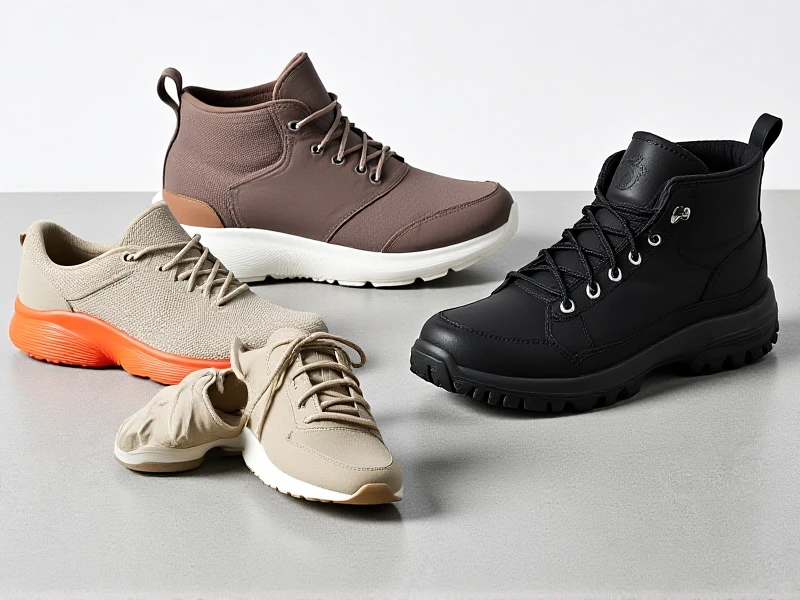The Ultimate Guide to Choosing Your Perfect Running Shoes in 2024

Here is an SEO-optimized English article about running shoes, fitting your requirements:
Finding the right pair of running shoes is fundamental to enjoying your run and avoiding injury. With countless options available, selecting the ideal fit, style, and technology for your feet can feel overwhelming. This guide will help you navigate the key factors.
Know Your Foot Type: The most crucial step is understanding your pronation – how your foot rolls inward upon landing. Visit a specialty running store for a gait analysis. This determines if you need:
- Neutral Shoes: For runners with efficient, natural pronation.
- Stability Shoes: Offering medium support for mild to moderate overpronation.
- Motion Control Shoes: Providing maximum support for severe overpronation and flatter arches.
Consider Your Running Surface:
- Road Running Shoes: Designed for pavement and packed surfaces. They focus on lightweight construction, cushioning, and flexibility. Prioritize shock absorption for repetitive impact.
- Trail Running Shoes: Built for rugged terrain. They feature aggressive tread (lugs) for superior grip, durable uppers to resist abrasions, reinforced toe caps for protection against rocks, and often added stability features. Water-resistant options are common.
Prioritize Key Features:
- Cushioning: Provides impact absorption and comfort. Levels range from minimal ("natural feel") to plush maximum cushioning. Find the balance between softness and responsiveness you prefer. Leading brands invest heavily in innovative cushioning technologies like responsive foams and air/gel units.
- Support: As determined by your pronation needs, support helps control foot motion. Look for features like medial posts (dual-density foam) or guide rails in stability and motion control models.
- Fit: Always paramount! Try shoes on in the afternoon when feet are naturally slightly swollen. There should be about a thumbnail's width of space between your longest toe and the end of the shoe. The heel should fit snugly without slipping, and the midfoot should feel secure but not constricting. Sockliner options can help customize fit and address gait quirks or discomfort.
- Breathability: Mesh uppers are standard for ventilation, keeping feet cool and dry during longer runs. Durable overlays provide structure.
Don't Forget Durability & Weight:
- Durability: The outsole rubber impacts longevity. High-wear areas often have harder, carbon rubber patches. Lighter shoes may prioritize softer, grippier rubber over extreme durability.
- Weight: Lighter shoes generally promote faster turnover but might offer less cushioning or durability. Heavier shoes provide more structure and cushioning but feel less agile.
When to Replace Your Running Shoes: Most running shoes wear out between 300-500 miles. Signs it's time for a new pair include noticeable creasing or compression in the midsole foam, significant tread wear, or emerging aches and pains unrelated to increased training volume.
Investing time in finding running shoes specifically engineered for your foot mechanics and running environment is an investment in performance, comfort, and injury prevention. Visit a reputable running specialty shop for expert advice and fitting. Your next mile begins with the perfect foundation – your running shoes. Lace up, step out the door, and experience the difference tailored footwear makes. Your feet will thank you!